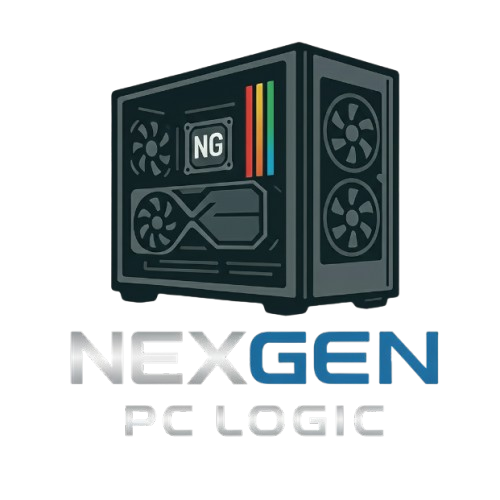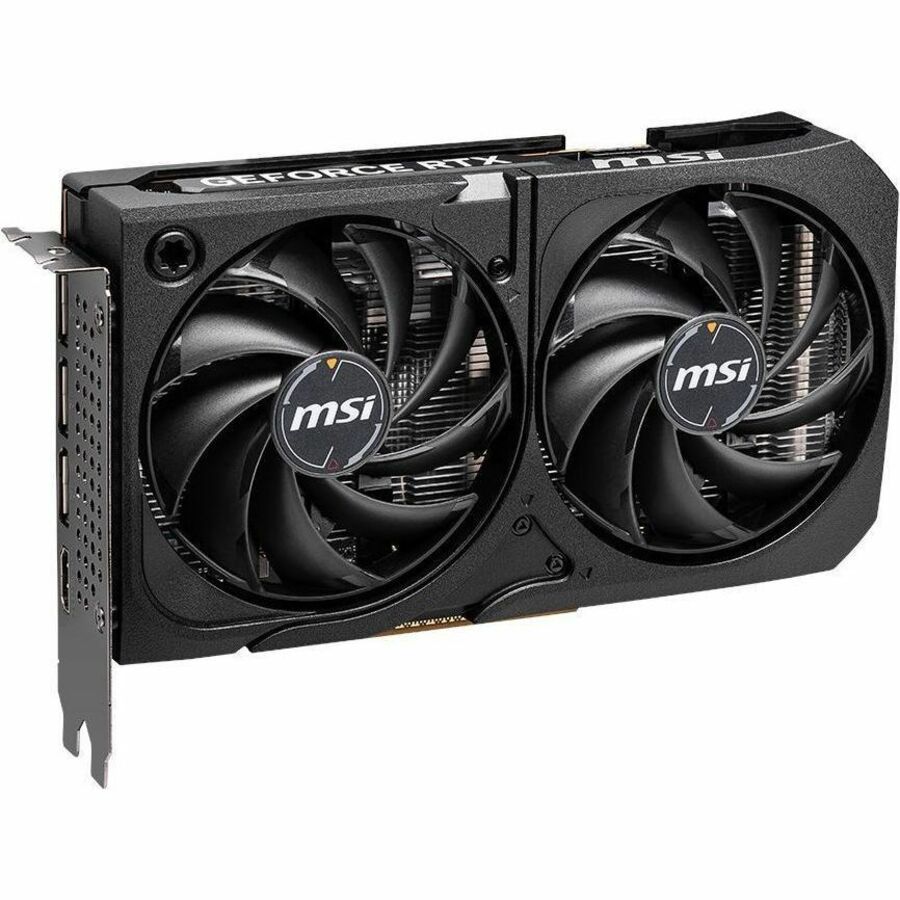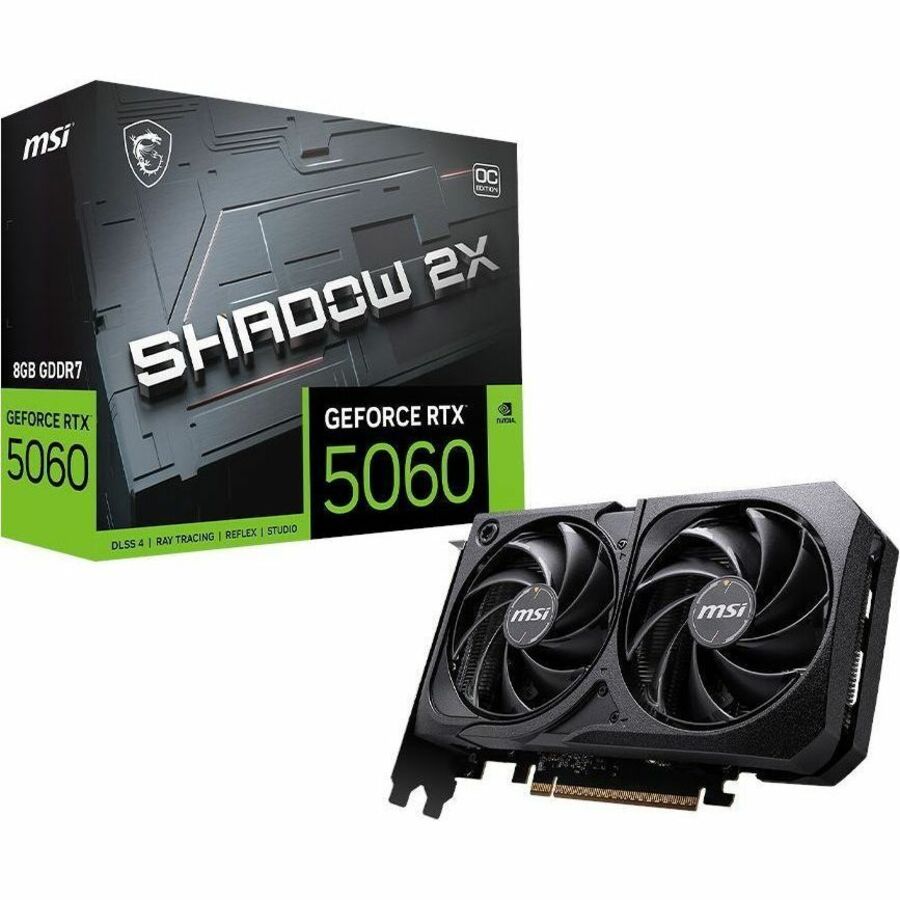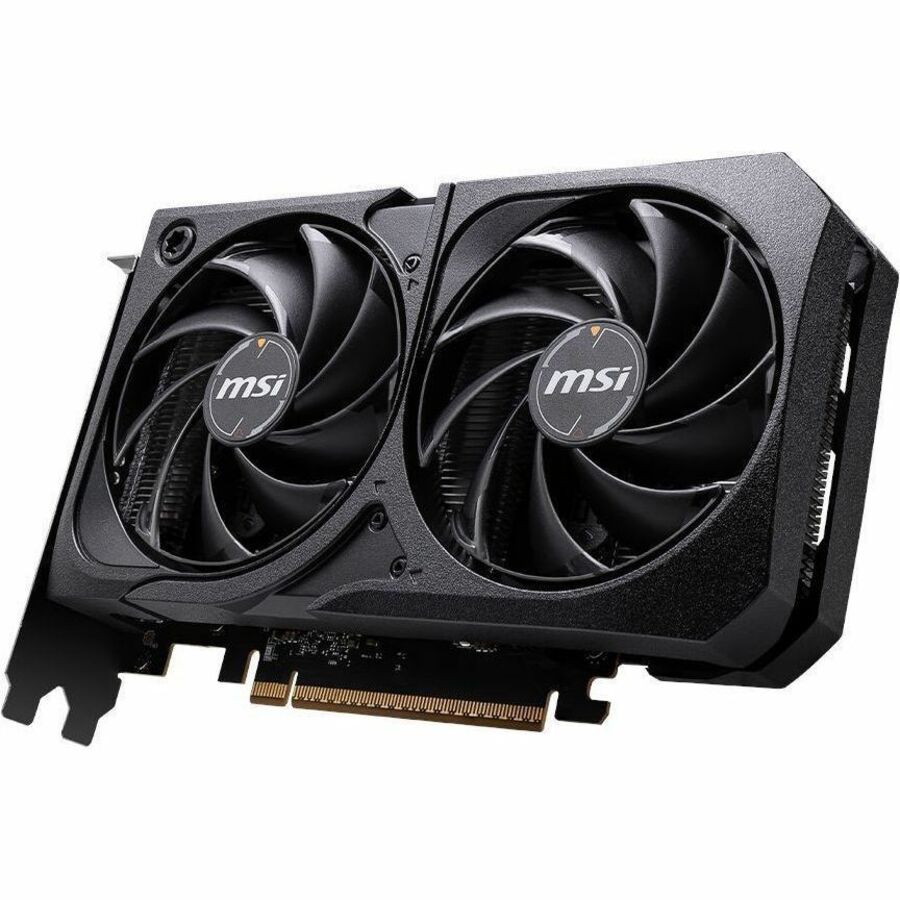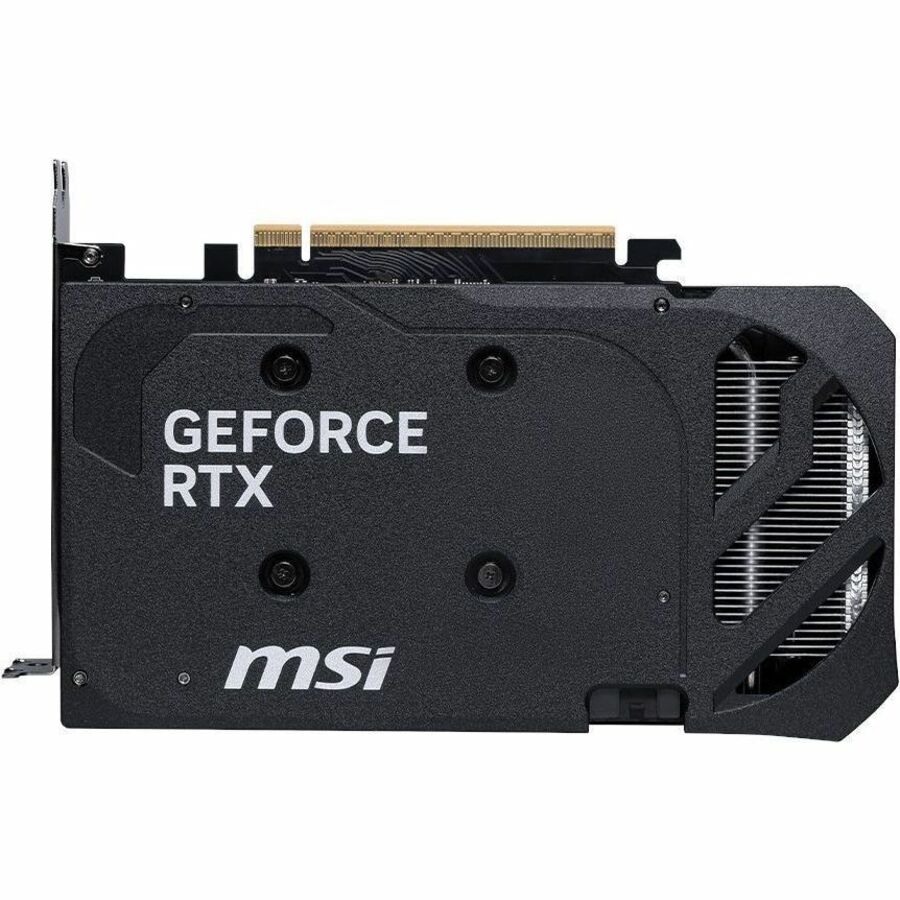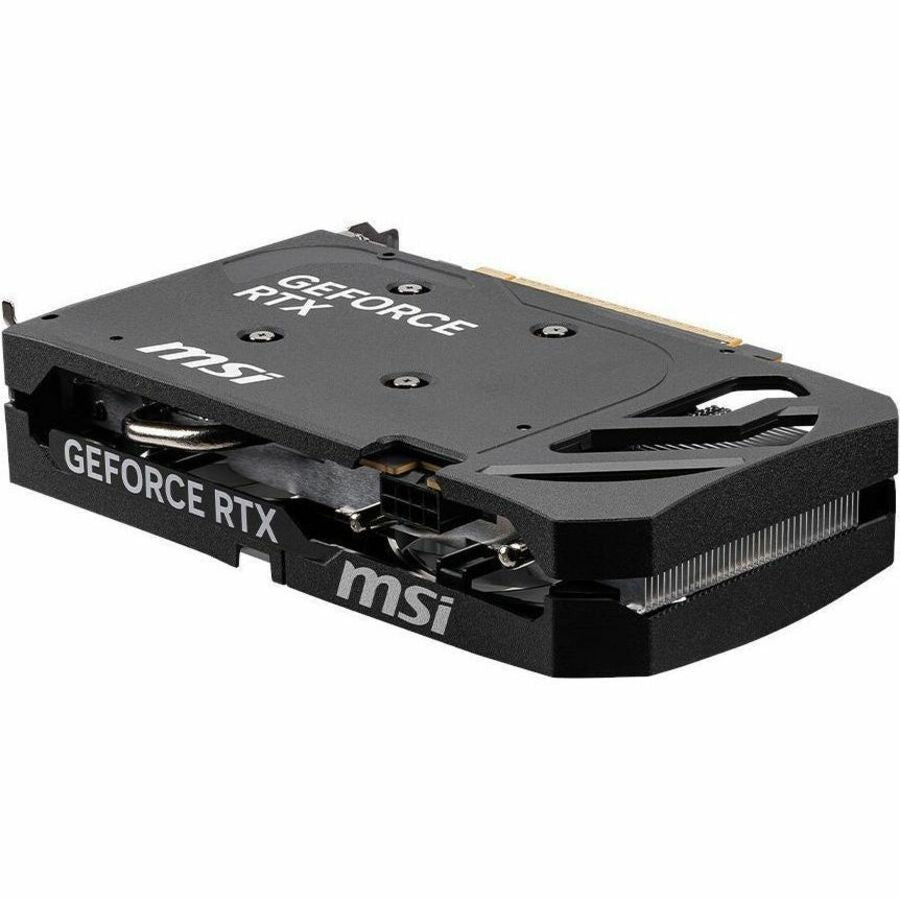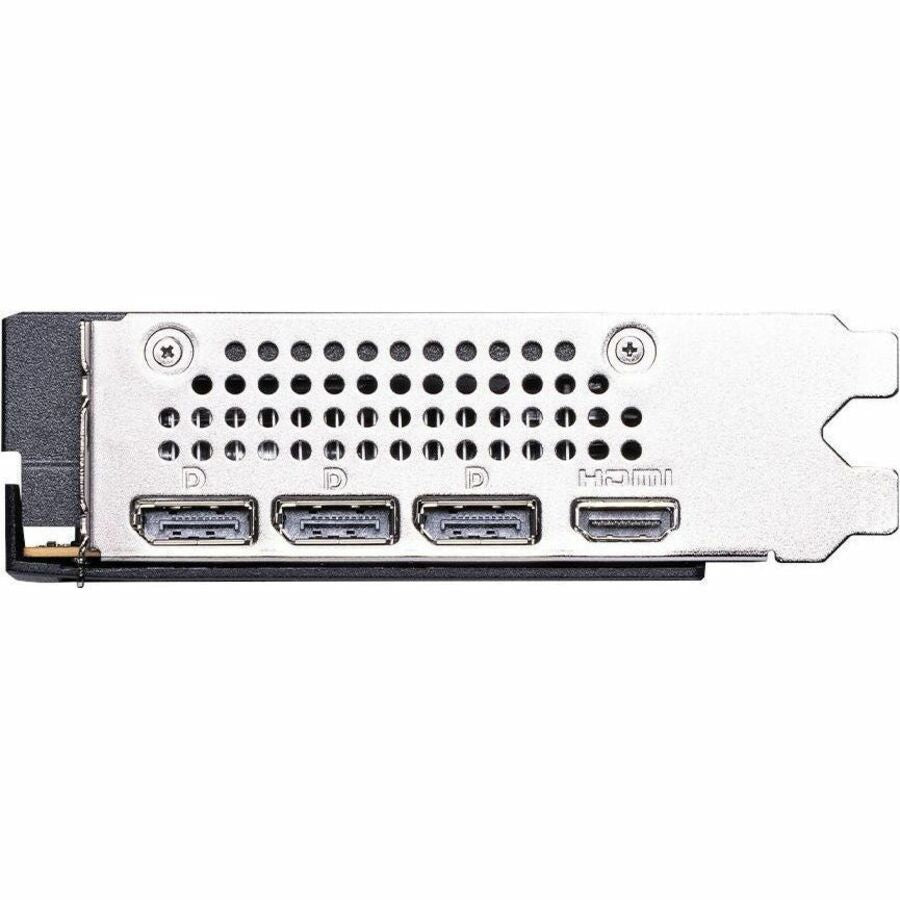MSI NVIDIA GeForce RTX 5060 Graphic Card - 8 GB GDDR7
MSI NVIDIA GeForce RTX 5060 Graphic Card - 8 GB GDDR7
Couldn't load pickup availability
The Next-Gen 1080p Champ: MSI GeForce RTX 5060 8G
The MSI RTX 5060 is the perfect graphics card to unlock blazing-fast 1080p gaming and even jump into 1440p without breaking the bank. Powered by the new NVIDIA Blackwell architecture, it brings the latest Ray Tracing and DLSS 4 technology to a wider audience. This card features 8GB of next-gen GDDR7 memory and an efficient cooling design to ensure smooth frame rates and quiet operation, making it the smartest choice for your next mainstream gaming PC.
⭐ Highlights
⭐ Highlights
Best-in-Class 1080p Performance | Factory Overclocked Boost Clocks | TWIN FROZR 10 Thermal Design | TORX FAN 5.0 Cooling Technology | PCI Express 5.0 x8 Interface
⚙️ Specifications
⚙️ Specifications
GPU Manufacturer: MSI
GPU Model: GeForce RTX 5060
VRAM Size: 8 GB GDDR7
Boost Clock: 2625 MHz (The common factory overclock for MSI Gaming OC variants)
Interface: PCI Express 5.0 x16 (operates at x8)
Length and Height: 48 mm (Length), 135 mm (Height) (Based on the compact MSI Gaming OC model)
Width Slots: 2-Slot
Power Connectors: 2-Slot
PSU Wattage Recommendation: 550W
Display Ports: 3 x DisplayPort 2.1b, 1 x HDMI 2.1b
Share
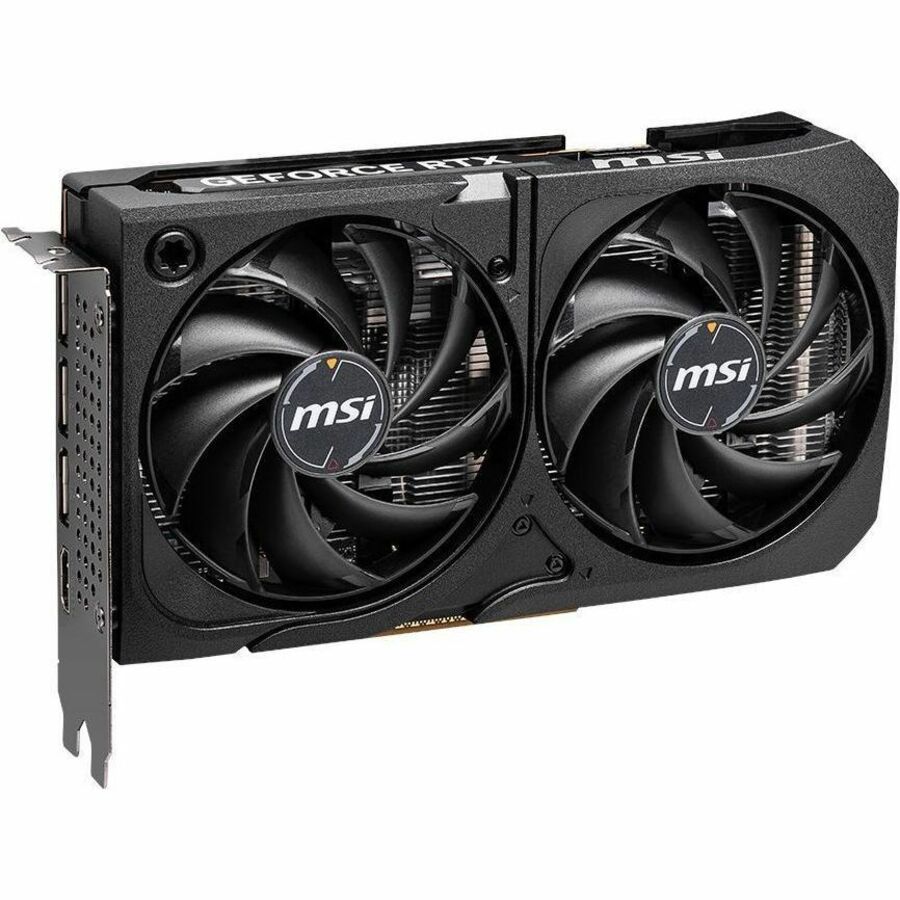
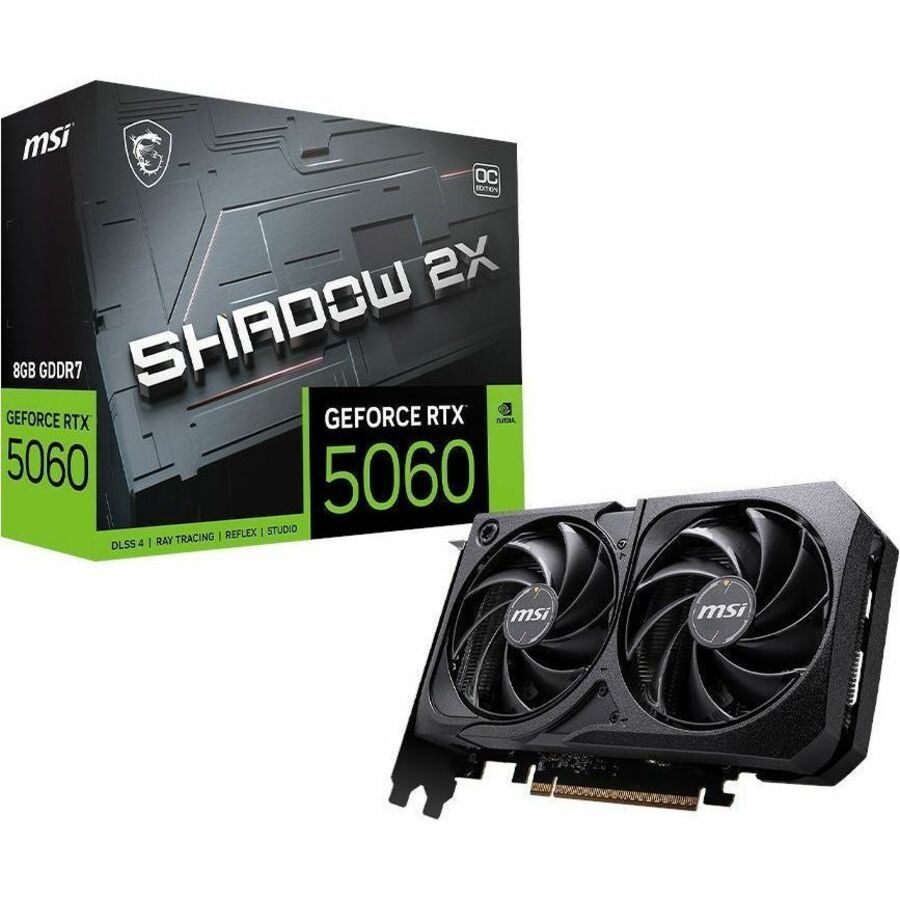
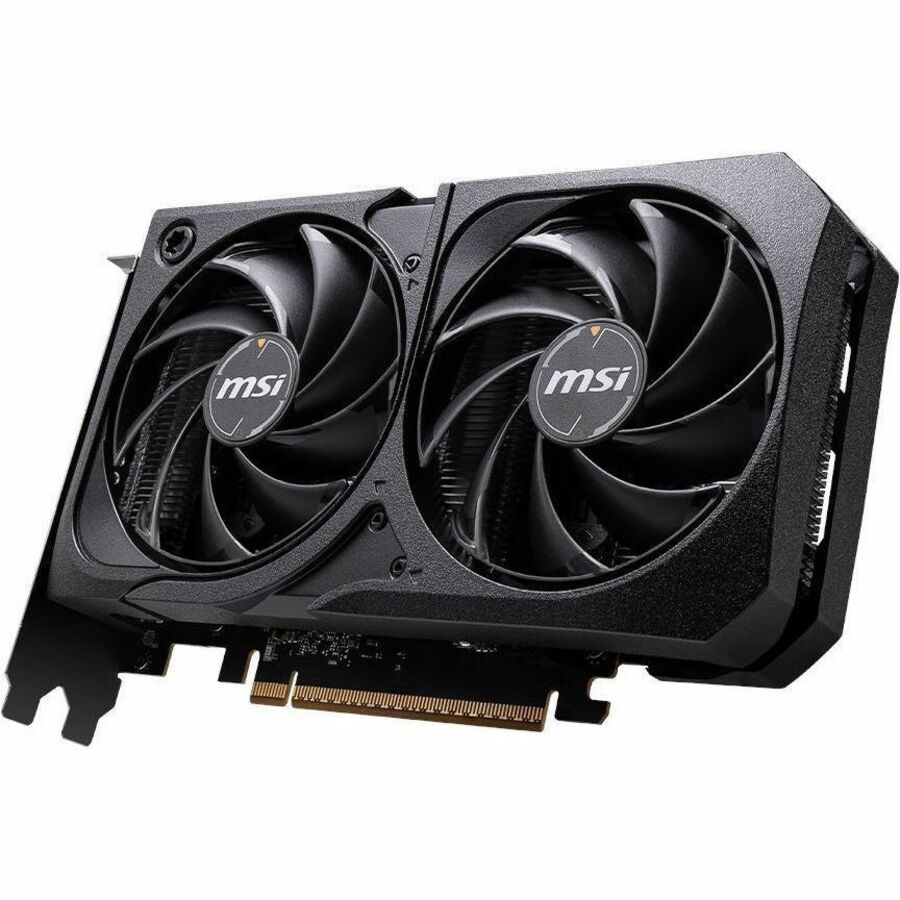
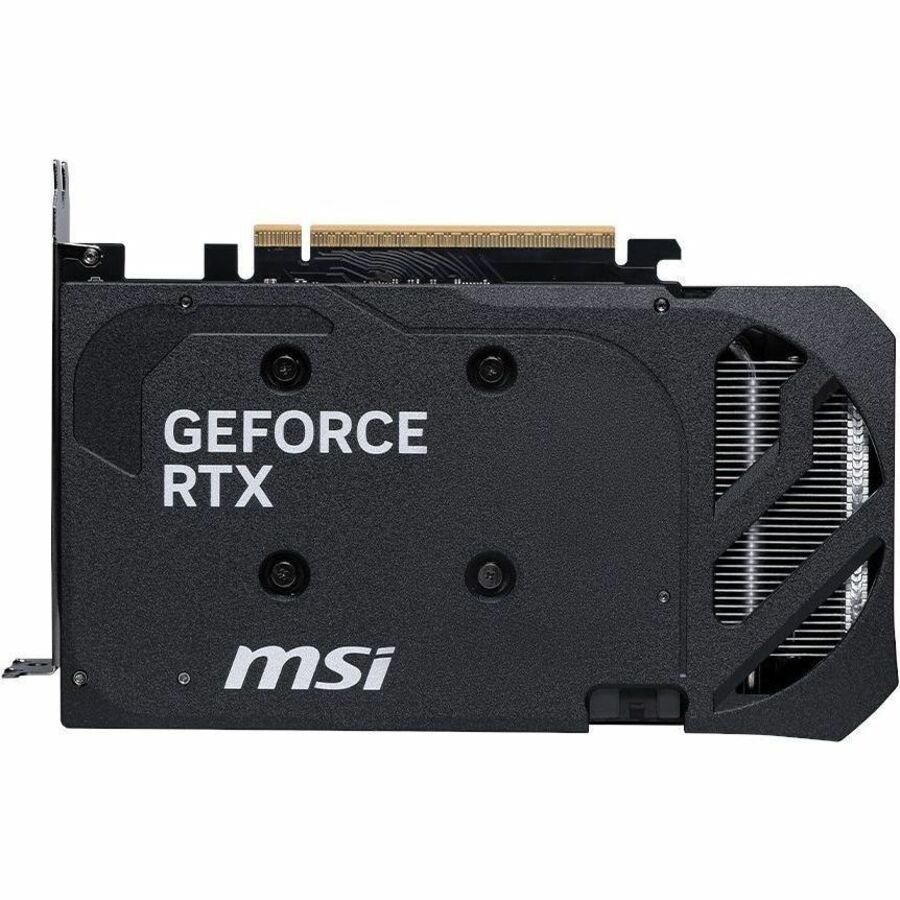
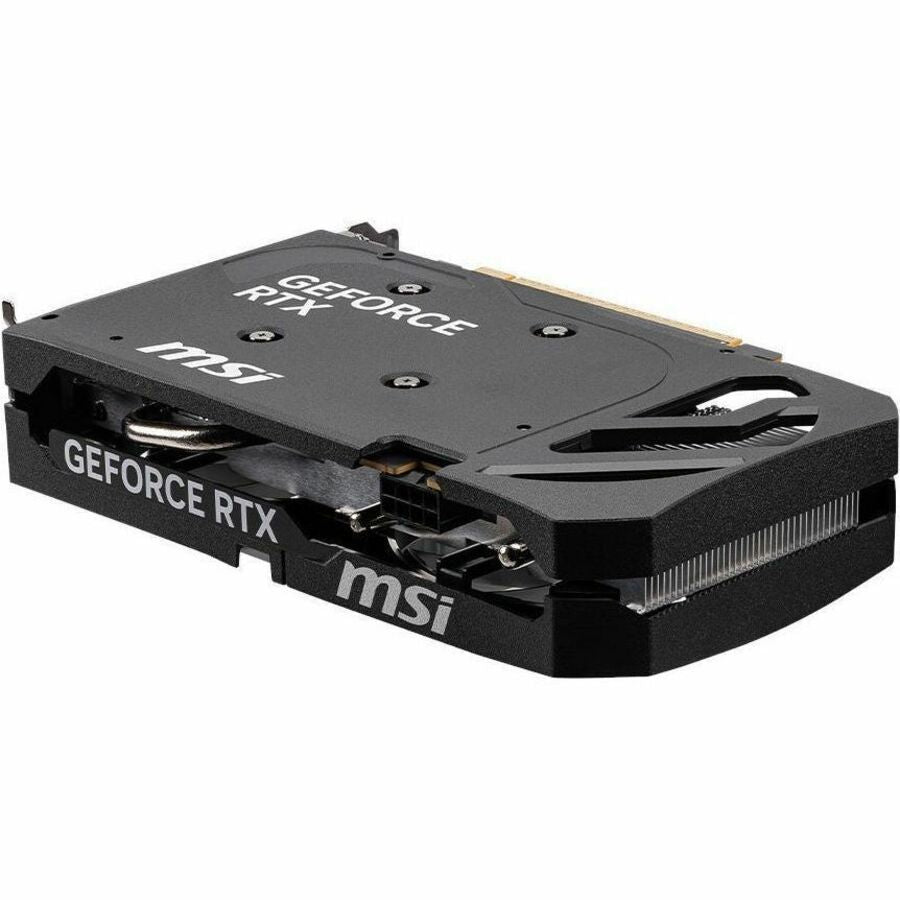
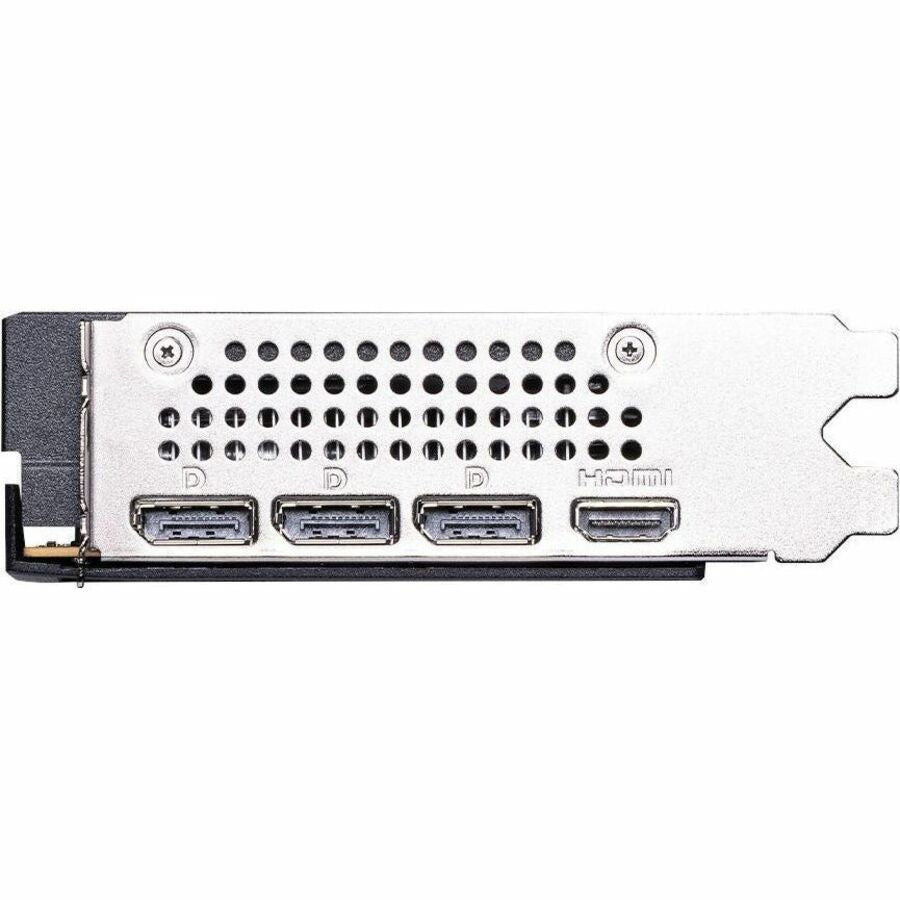
The POST-Check Protocol
-
PSU & Cable Capacity
Action: Must verify your Power Supply Unit (PSU) meets the GPU's minimum wattage recommendation and has the correct number/type of PCIe power connectors. Why: Underpowering the GPU causes system instability, crashes, and risks damage to the PSU or the graphics card itself.
-
Dedicated Power Cables
Action: Always use separate, dedicated PCIe power cables running from the PSU to each port on the GPU, avoiding "daisy-chain" cables when possible. Why: Daisy-chaining too much power through a single cable can lead to voltage drops or melted connectors on high-end cards.
-
Primary PCIe Slot
Action: Always install the GPU into the topmost, longest PCIe slot (usually an x16 slot), and ensure you remove the corresponding metal bracket(s) from the case's rear. Why: This slot is directly connected to the CPU and provides the full bandwidth required for optimal gaming performance.
-
Seating & Latch
Action: Align the GPU's gold connector with the slot and press firmly and evenly until you hear or feel a definitive click from the plastic retaining latch. Why: If the card is not fully seated, the system will not recognize the GPU, and the latch will not lock it in place.
-
Sag Prevention
Action: Use a GPU support bracket, anti-sag stand, or a screw-in support (if available) to support the card's outer edge. Why: Modern GPUs are long and heavy, and without support, they can gradually bend and stress the PCIe slot on the motherboard over time.
-
Monitor Connection
Action: After the PC is powered on and the operating system boots, plug your monitor cable (HDMI/DisplayPort) directly into the new GPU's ports, not the motherboard's ports. Why: The motherboard ports are for integrated graphics and will not display anything if a dedicated GPU is properly running.
